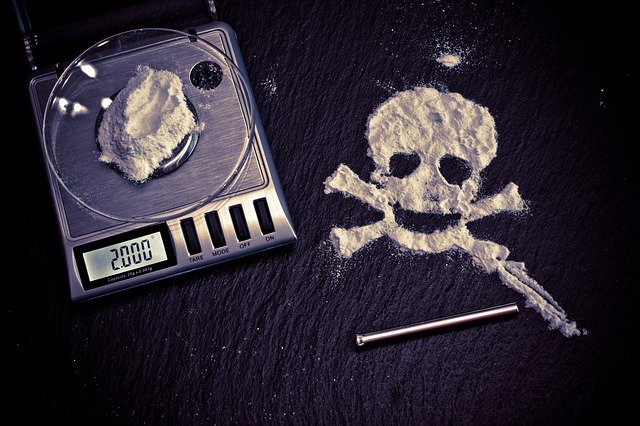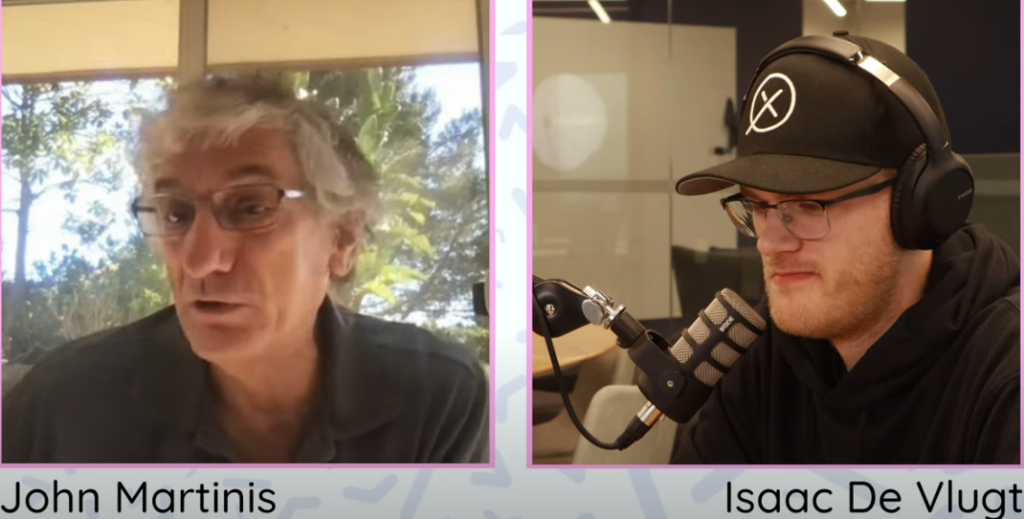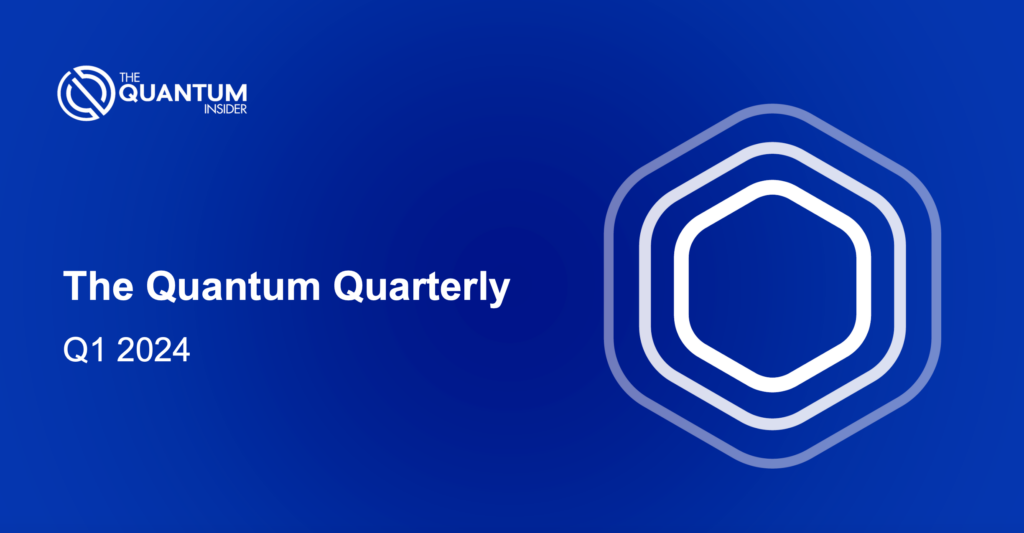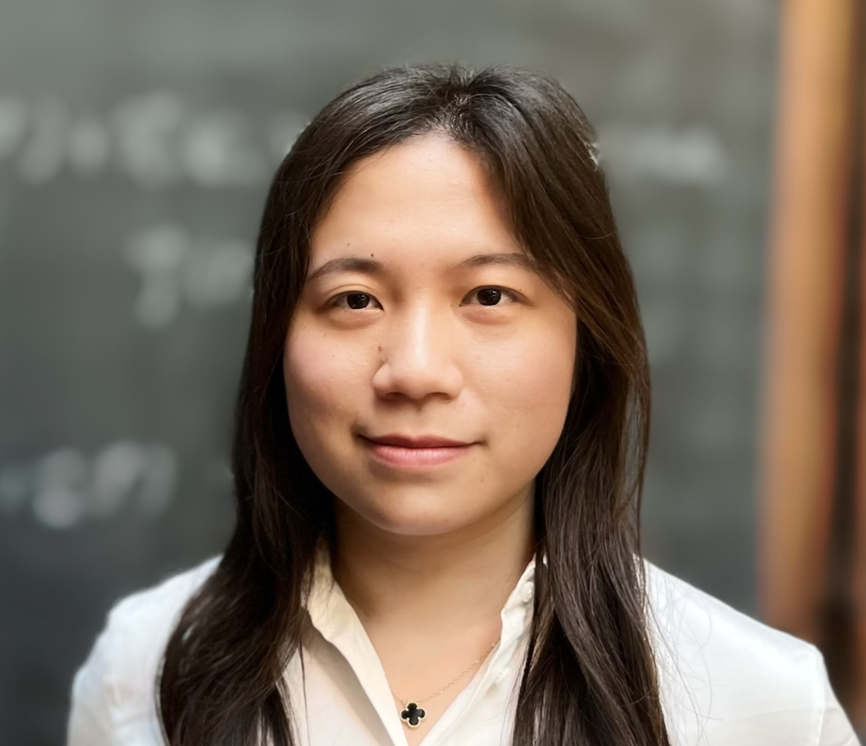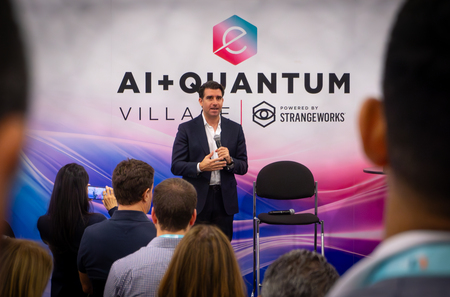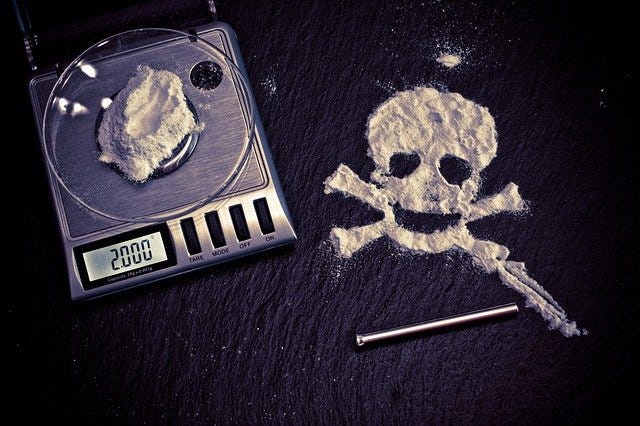
Sensing Chip
Scientists at the University of Buffalo (UB), led by Qiaoqiang Gan with support from the U.S. National Science Foundation, have published a paper in the journal Advanced Optical Materials on a chemical sensing chip that may bring about the detection of trace chemicals via handheld devices. Assistance also came from researchers at the University of Shanghai for Science and Technology in China, and the King Abdullah University of Science and Technology in Saudi Arabia, respectively.
“There is a great need for portable and cost-effective chemical sensors in many areas, especially drug abuse,” said Gan, a professor of electrical engineering, School of Engineering and Applied Sciences at UB.
The efficacy of the trace-chemical chip, which utilizes surface-enhanced Raman spectroscopy (SERS), can have its uses in the anti-counterfeiting and food-safety monitoring sectors and is based on prior research Gan and his team conducted on manufacturing a chip that is able to trap light at the edges of gold and silver nanoparticles.
But how does it work?
When molecules, either chemical or biological, touch the chip’s surface, a certain amount of light is captured which in turn mixes with molecules. This then causes the molecules to scatter into light of new and different energy levels and can arise in patterns that are identifiable and act as ‘fingerprints of chemical or biological molecules’. An amazing attribute of this is they can show information about what compounds are actually present.
Light Scattering
This could have positive repercussions, due to the chemical sensing chip’s light-scattering signature abilities, for the detection of narcotic substances in blood, in urine and in breath, for example, and could — with enough research dollars — lead to integrated-handheld-device technology.
During the atomic -layer-deposition and self-assembled monolayers -fabrication-based process — which is in contrast to the customary, though higher-cost electron-beam lithography for SERS chips — the team employed four molecules of different lengths (BZT, 4-MBA, BPT and TPT) to monitor the size of the gaps in between the gold and silver nanoparticles.
On the findings, Professor Gan’s views were conclusive:
“The result is a SERS chip with unprecedented uniformity that is relatively inexpensive to produce. More importantly, it approaches quantum-limit sensing capabilities, which was a challenge for conventional SERS chips.”
While Nan Zhang, a postdoctoral researcher in Gan’s lab, has his own opinion on the technology: “We think the chip will have many uses in addition to handheld drug-detection devices. For example, it could be used to assess air and water pollution or the safety of food. It could be useful in the security and defence sectors, and it has tremendous potential in health care.”

That quantum and quantum-limit technology can change outcomes for tracing illicit drugs is great news. Perhaps in a decade or two, this SERS chip could help eradicate/decrease the global drug trafficking problem and create a better world for us all.
For more market insights, check out our latest quantum computing news here.


